- No products in the cart.
Aspirin + Tab to spike. 10 pieces
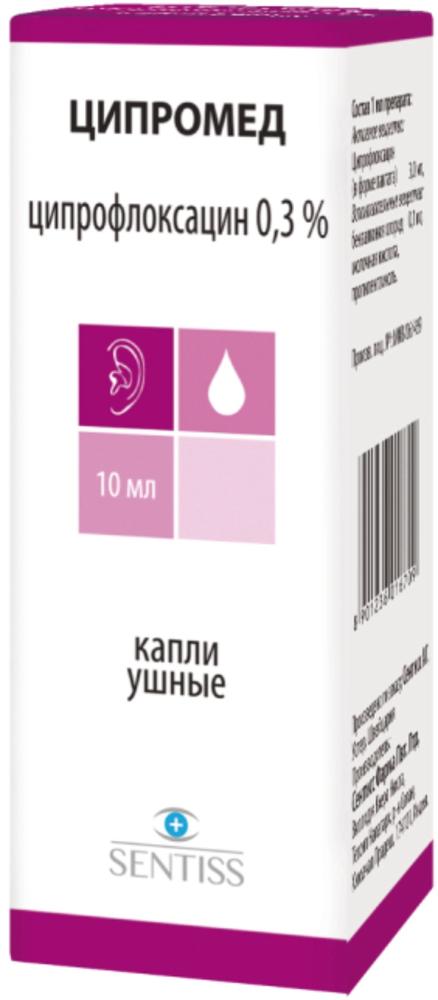
Tsipromed ushn drop. 0.3% 10ml-vial cap.
$2.95
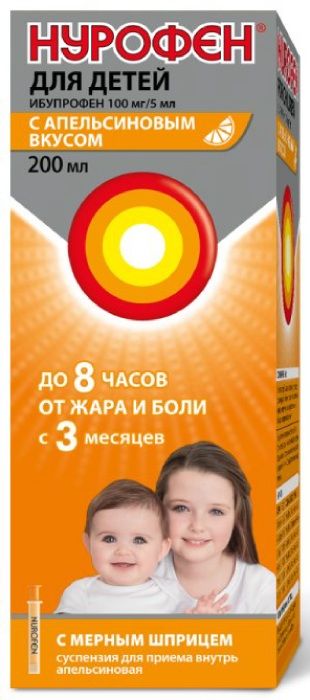
Nurofen for children oral suspension 100mg / 5ml 200ml fl.plast with a syringe dosing orange
$5.59
$6.55
Aspirin + Tab to spike. 10 pieces
SKU: 01909627255 Categories: Cold and flu, Medicaments, Temperature Tags: 15 years, Bayer Consumer Health
Description
Composition
Active substance:
1 tablet contains – 400 mg acetylsalicylic acid, ascorbic acid (vitamin C) 240 mg.
Excipients:
Sodium citrate dihydrate, sodium bicarbonate, anhydrous citric acid, anhydrous sodium carbonate.
Description:
Round, flat, bevelled edge to white tablets with a print in the form of the brand name ( “Bayer” Cross) on one side and the other side is smooth.
Product form:
effervescent tablets 400 mg + 240 mg.
2 tablets in a strip of paper, laminated with aluminum foil;
5 strips together with instructions for use in a cardboard pack.
Contraindications
– hypersensitivity to aspirin, other NSAIDs, or any other components of the formulation; – erosive and ulcerative lesions of the gastrointestinal tract (exacerbation), gastrointestinal bleeding; – full or partial combination of asthma, recurrent nasal polyposis mucous membrane and paranasal sinuses and intolerance to acetylsalicylic acid and other non-steroidal anti-inflammatory drugs, including the anamnesis; – combined use of methotrexate at a dose of 15 mg per week or more; – expressed human liver, renal (creatinine clearance less than 30 mL / min); – pronounced cardiac dysfunction (chronic heart failure III-IV functional class NYHA); – hemorrhagic diathesis; hemophilia, thrombocytopenia; – deficiency of glucose-6-phosphate dehydrogenase; – deficiency of vitamin K; – cerebrovascular bleeding or otherwise; – inflammatory bowel disease in the acute stage; – simultaneous use of oral anticoagulants and acetylsalicylic acid in the dose exceeding 3 grams per day; – pregnancy (I and III trimester), breast-feeding; – Children’s age (15 years).
Carefully:
When concomitant therapy with anticoagulants, gout, gastric ulcers and / or duodenal ulcer (history), erosive gastritis, and propensity for gastrointestinal bleeding, hepatic dysfunction, gipotrombinemii, hypovitaminosis K
anemia states predisposing to fluid retention in the body (in m. h. cardiac dysfunction, hypertension), thyrotoxicosis, propensity to kaltsiyoksalatnomu nephrolithiasis. Use of oral anticoagulants and acetylsalicylic acid at a dose of less than 3 grams per day, gastrointestinal bleeding (history), erosive gastritis is acute, renal dysfunction (creatinine clearance of 30-60 ml / min), bronchial asthma, chronic obstructive pulmonary disease, nasal polyposis, hay fever (pollinosis), drug allergies, chronic heart failure I-II functional class NYHA, II trimester of pregnancy, simultaneous with methotrexate at a dose less than 15 mg per week, urate nephrolithiasis, metrorrhagia tions, gipermenorreya.
Dosage
400 mg + 240 mg
Indications
Symptomatic treatment of mild or moderate pain syndrome of various origin (headache, toothache, migraine, neuralgia, muscle pain, pain during menstruation) in adults and feverish syndrome with colds and other infectious inflammatory diseases in adults and children older than 15 years.
Interaction with other drugs
It enhances the toxicity of methotrexate, narcotic analgesics and other NSAIDs, oral hypoglycemic drugs, heparin, anticoagulants, thrombolytics, and platelet aggregation inhibitors, sulfonamides (including co-trimoxazole..), Triiodothyronine, reserpine; reduces the effects of uricosuric drugs (benzbromarone, sulfinpyrazone), antihypertensives and diuretics (spironolactone, furosemide).
Steroids, alcohol and alcohol-containing medications increase the damaging effect on the gastrointestinal mucosa, increase the risk of gastrointestinal bleeding.
Increasing the concentration of digoxin, the barbiturates and the lithium in the blood plasma preparations.
Antacids containing magnesium and / or aluminum hydroxide, and degrade the slow absorption of acetylsalicylic acid.
Ascorbic acid improves the intestinal absorption of iron. Selective serotonin reuptake inhibitors increase the risk of bleeding in the upper gastrointestinal tract.
Enhances hypoglycemic effect due to hypoglycemic action of acetylsalicylic acid and displacement of sulfonylurea derivatives of complexes with blood proteins.
Reduces the effect of diuretics due to reduction in glomerular filtration background inhibition of prostaglandin kidneys.
Systemic glucocorticoids, except hydrocortisone, increase the excretion of salicylates, which can lead to an overdose of salicylates after discontinuation of glucocorticoid therapy.
Valporoevoy acid increases the toxicity due to the displacement of its complexes with blood proteins.
The simultaneous use of deferoxamine with ascorbic acid may enhance the toxicity of the iron, particularly in the heart, resulting in cardiac decompensation.
Overdose
In the initial stage of poisoning – excitation of the central nervous system, dizziness, severe headache, hearing loss, blurred vision, nausea, vomiting, increased respiration. Later, there comes drowsiness, convulsions, anuria, depression of consciousness up to coma, respiratory failure, disorders of water and electrolyte metabolism.
Treatment: If signs of poisoning, induce vomiting or gastric lavage, activated charcoal and appoint a laxative and consult a doctor. Treatment should be carried dit in a specialized department of the hospital under close supervision, if necessary, correction of acid-base balance, electrolyte balance, zaschelachi- vanie urine, hemodialysis, mechanical ventilation.
pharmachologic effect
Pharmacological group:
Nonsteroidal anti-inflammatory drug (NSAID) + vitamin.
Pharmacological properties:
Anti-inflammatory, antipyretic, analgesic drug that helps to reduce fever, helps to alleviate headaches, sore throat and “aches” in the body.
Pharmacodynamics:
Acetylsalicylic acid belongs to the group of nonsteroidal anti-inflammatory drugs (NSAIDs) with analgesic, antipyretic, anti-inflammatory properties.
The mechanism of action is based on irreversible inhibition of cyclooxygenase enzymes that regulate the synthesis of prostaglandins.
Acetylsalicylic acid orally in doses from 0.3 g to 1 g is used for the relief of pain, and conditions accompanied by mild fever, such as colds and flu, to reduce the temperature and relieve pain in joints and muscles.
Acetylsalicylic acid was also used in acute and chronic inflammatory diseases such as rheumatoid arthritis, osteoarthritis and ankylosing spondylitis.
Acetylsalicylic acid inhibits platelet aggregation by blocking thromboxane A2 synthesis. Therefore, when applied in many vascular diseases in a dosage of 75-300 mg per day.
The water-soluble vitamin is ascorbic acid part of the body’s defense system against oxygen radicals and other oxidants endogenous and of exogenous origin, which also play a major role in the inflammation process and leukocyte function.
The results of studies in vitro and ex vivo have shown that ascorbic acid has a positive effect on leukocyte immune response in humans.
Ascorbic acid significantly contributes to the synthesis of intracellular substances (mucopolysaccharides), which together with the collagen fibers responsible for the integrity of the capillary wall.
Adding ascorbic acid to acetylsalicylic acid reduces gastrointestinal disorders and oxidative stress. These advantages can lead to better tolerability of acetylsalicylic acid with ascorbic acid compared to only acetylsalicylic acid.
Pharmacokinetics:
After oral administration, acetylsalicylic acid is rapidly and completely absorbed from the gastrointestinal tract. During and after the absorption is converted into the principal active metabolite salicylic acid. The maximum concentration of acetylsalicylic acid in the blood plasma is achieved in 10-20 minutes, salicylates after 0.3-2 hours respectively.
Acetylsalicylic acid and salicylic completely bound to plasma proteins and rapidly distributed in the body. Salicylic acid penetrates into breast milk and crosses the placenta.
Salicylic acid is metabolized mostly in the liver. Salicylic acid metabolites are salitsilmochevaya acid salitsilfenol glucuronide glucuronide salitsilatsil, gentisic acid and gentizinmochevaya acid.
The kinetics of excretion of salicylic acid is dose-dependent, because the metabolism of limited activity of liver enzymes. The half-life is dose-dependent and ranges from 2-3 hours at low doses of up to 15 hours at high doses. Salicylic acid and its metabolites are excreted mainly by the kidneys.
After oral administration of ascorbic acid is absorbed in the intestine Na + – dependent active transport system, the most active in the proximal intestine. Absorption disproportionate dose: with increasing daily oral doses of ascorbic acid its concentration in blood plasma and other body fluids is not increased proportionally, but tends to approach the upper boundary.
Ascorbic acid is filtered through the glomeruli and is reabsorbed by the proximal tubules under the action of the Na + – dependent process. The major metabolites are excreted in the urine as oxalates and diketogulonovoy acid.
Pregnancy and breast-feeding
The I and III trimester use of preparations containing acetylsalicylic acid is contraindicated.
In the II trimester of pregnancy, acetylsalicylic acid can be administered sporadically. As a long-term therapy is not recommended.
Breastfeeding:
Salicylates and their metabolites in small amounts into breast milk.
When breastfeeding child application of preparations containing acetylsalicylic acid is contraindicated.
Conditions of supply of pharmacies
Without a prescription.
side effects
From the frequency of occurrence of adverse reactions are divided into frequent (> 1/100 and 1/1000 and 1/10000 and
Disorders of the gastrointestinal tract: often – loss of appetite; rarely – diarrhea; the frequency is unknown – indigestion, abdominal pain, nausea, vomiting, clear (black stools, vomiting blood) or hidden signs of gastrointestinal bleeding, which can lead to iron deficiency anemia, erosive and ulcerative lesions (including perforated) gastrointestinal tract.
Disorders of the nervous system: rarely – headache; frequency is unknown – dizziness, tinnitus (typically are features overdose).
Blood disorders and lymphatic system: the frequency is unknown – hemorrhagic syndrome, thrombocytopenia. Bleeding can result in acute or chronic anemia, iron deficiency anemia with corresponding laboratory and clinical symptoms (fatigue, pallor, hypoperfusion). In patients with a deficiency of glucose-6-phosphate dehydrogenase can be observed hemolysis and hemolytic anemia.
Violations of the kidneys and urinary tract: unknown frequency – when used in high doses – hyperoxaluria and the formation of urinary calcium oxalate stones, renal glomerular damage to the machine.
Disorders of immune system: the frequency is unknown – skin rash, rhinitis, anaphylactic reactions, bronchospasm, angioedema, forming “aspirin triad” (bronchial asthma, rhinosinusitis and polypoid intolerance of acetylsalicylic acid preparations pyrazolone series).
Disorders of the liver and biliary tract: very rarely – Reye’s syndrome (acute fatty liver developed acute liver failure and encephalopathy); rarely – liver function abnormalities (elevated liver transaminases).
If you notice such symptoms should stop taking the drug and immediately contact your doctor.
special instructions
The drug is not prescribed as antipyretic for children up to 15 years with acute respiratory diseases caused by viral infections, because of the risk of Reye syndrome (encephalopathy and acute fatty liver with the development of acute liver failure).
Acetylsalicylic acid reduces the excretion of uric acid from the organism that can cause an acute attack of gout in predisposed patients.
With prolonged use of the drug should be at periodic intervals, complete blood count analysis and fecal occult blood, monitor the functional state of the liver.
Because aspirin slows blood clotting, the patient, if he is to surgery, doctor should be forewarned of taking the drug.
During treatment should abandon the use of ethanol (increased risk of gastrointestinal bleeding).
In the II trimester of pregnancy is possible one-time taking the drug at the recommended doses only if the expected benefit to the mother is greater than the potential risk to the fetus.
One dose contains 933 milligrams of sodium, which should be considered in patients receiving salt-free diet.
If necessary, use during lactation should stop breastfeeding.
In order to reduce the risk of increased bleeding, the drug should be discontinued for 4-8 days prior to elective surgery and put in the doctor’s reputation.
Effects on ability to drive and moving machinery:
Does not affect.
Storage conditions
At a temperature above 25 degrees Celsius.
Keep out of the reach of children.
Dosing and Administration
Inside. Effervescent tablets dissolved in a glass of water and drink after a meal.
When pain syndrome mild to moderate intensity and feverish conditions single dose is 1-2 effervescent tablets, the maximum single dose – 2 effervescent tablets, the maximum daily dose should not exceed 6 tablets. Intervals between doses of the drug should be at least 4 hours.
The duration of treatment (without consulting a doctor) should not exceed 3-5 days.
To reduce the risk of adverse reactions from the gastrointestinal tract should use the lowest effective dose shortest course of treatment.
Information
Appearance may differ from that depicted in the picture. There are contraindications. You need to read the manual or consult with a specialist
Additional information
| Weight | 0.100 kg |
|---|---|
| Manufacturer | Bayer Consumer Health |

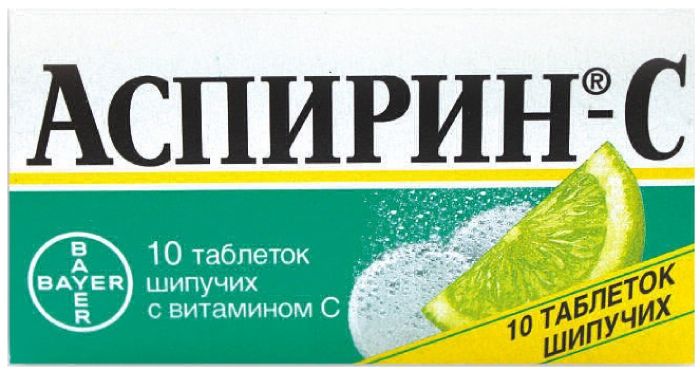
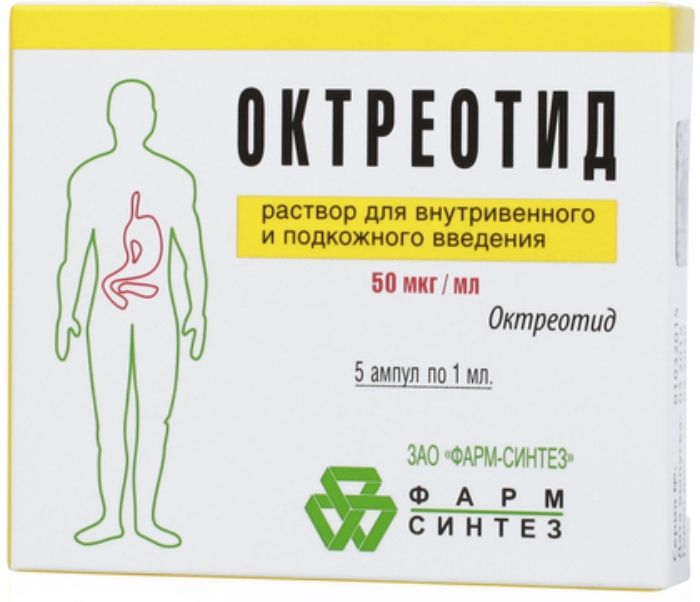
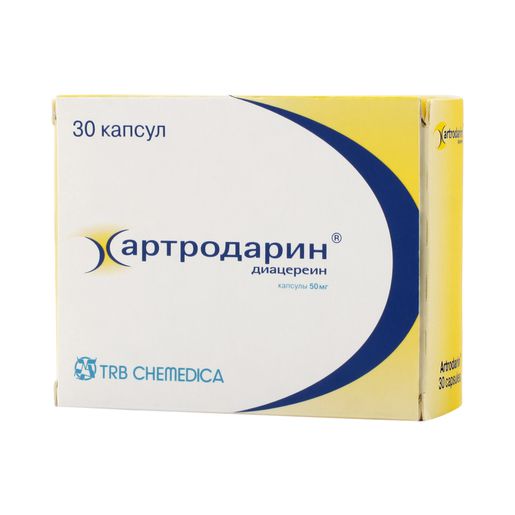


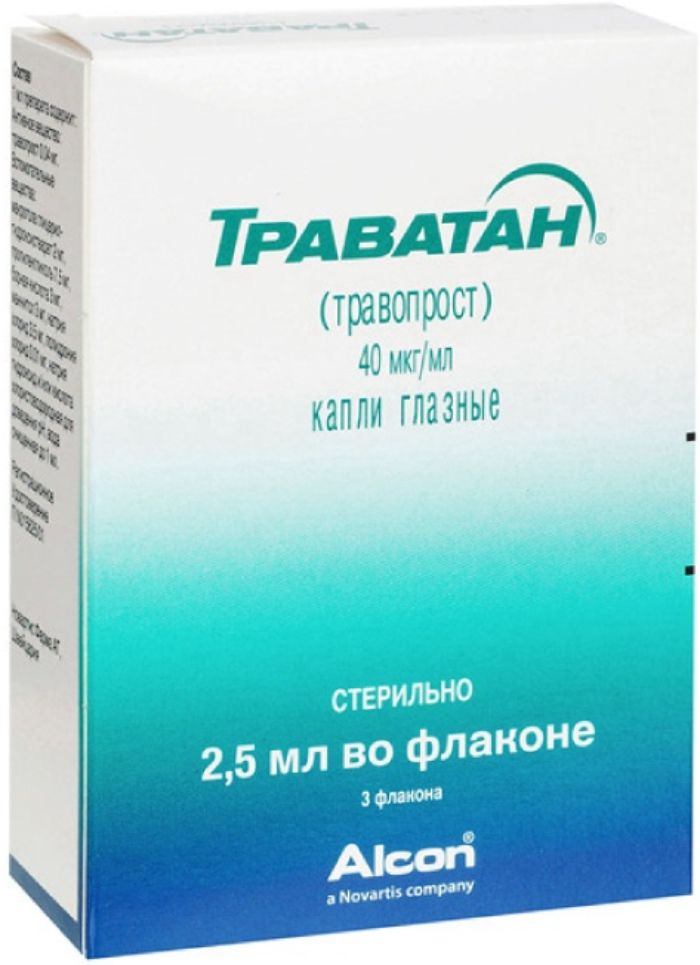
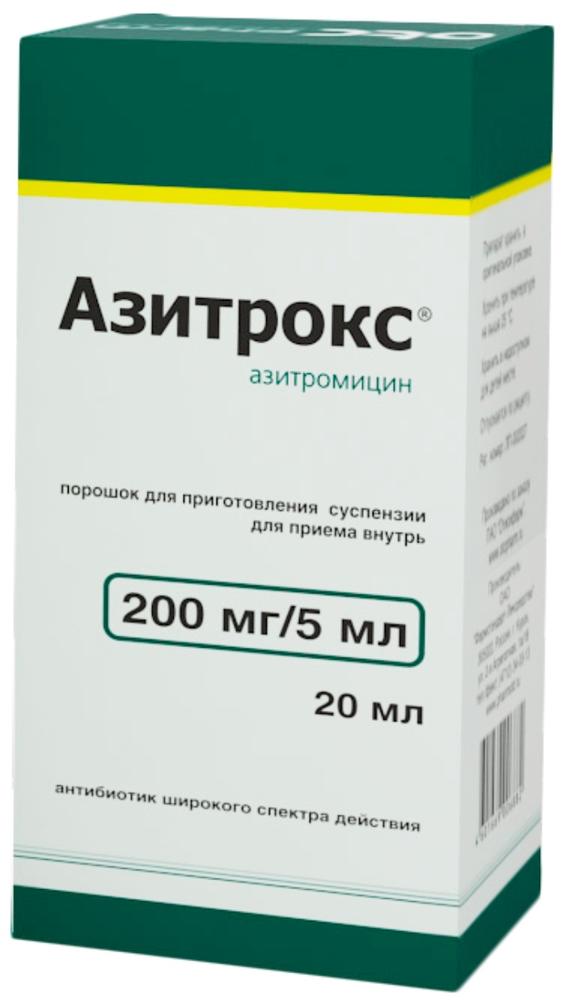




There are no reviews yet.